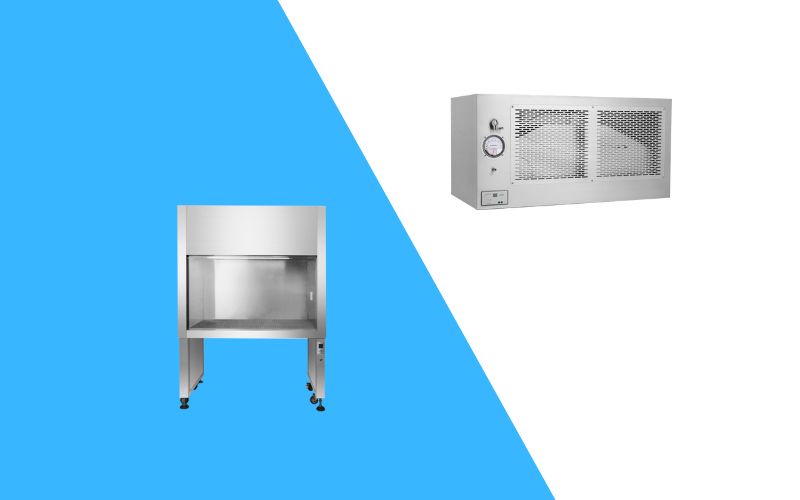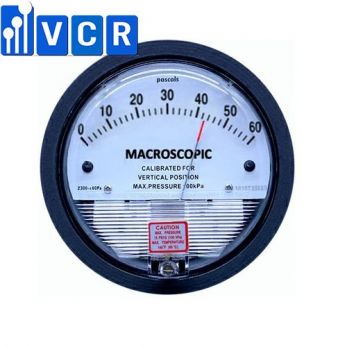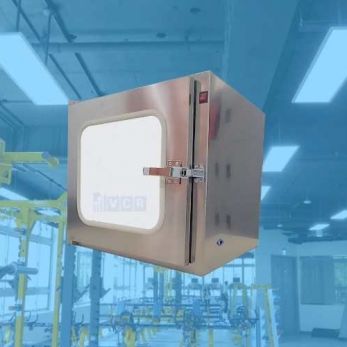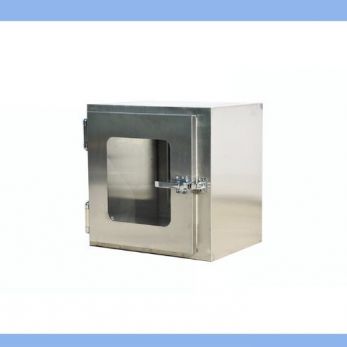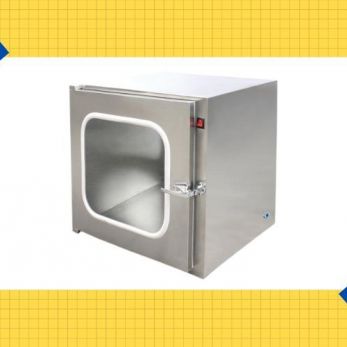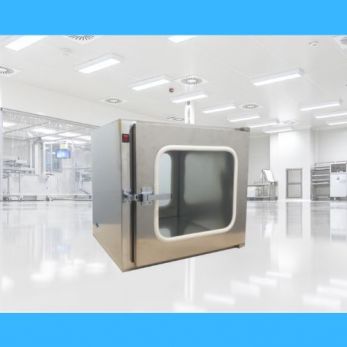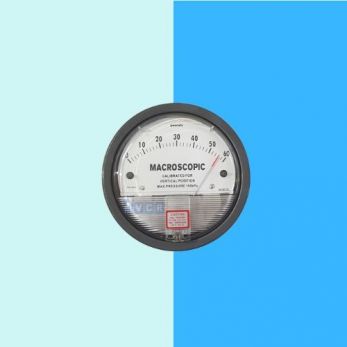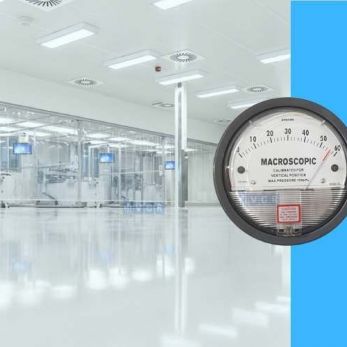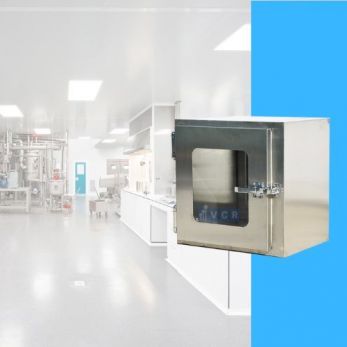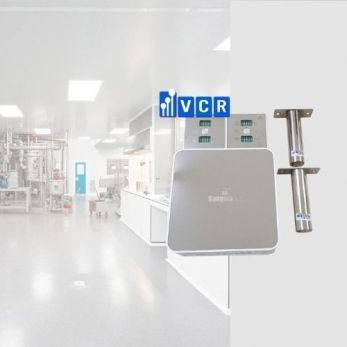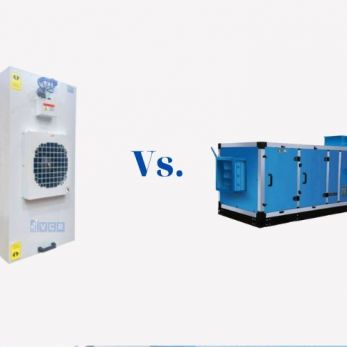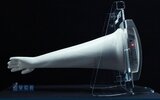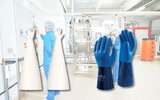Laminar Air Flow Vs Biological Safety Cabinet: What're the differences
Laminar air flow and biosafety cabinet both are used in sterile manufacturing but both are different from each other. Basically, both the Laminar Air Flow and the Biological Safety Cabinets are simply protection devices but offering different levels of
Laminar air flow and biosafety cabinet both are used in sterile manufacturing but both are different from each other. This article will help distinguish these two pieces of equipment.
Basically, both the Laminar Air Flow and the Biological Safety Cabinets are simply protection devices but offering different levels of protection. Various aspects of protection offered are dependent on the sample, the environment, and the user as well.
The key difference between LAF and biological safety cabinet is that while the Laminar Air Flow only protects the product in the chamber, the Biological Safety Cabinets protect both the product and the user from bacterial protection. However, the two equipment bear other differences based on their usage, functionality and other aspects as explained below:
Biological Safety Cabinet
The Biological Safety Cabinet employs the HEPA filter in its exhaust system which traps different airborne particles. The mechanism is configured in accordance with the direction of airflow to achieve product protection and other environmental protection ideas.
Secondly, the Biosafety Cabinet bears a sash that helps in blowing away the air from the user by use of a grill-work mechanism. As a result, it is an excellent piece for dealing with potentially infectious agents. This makes it ideal for performing noninfectious tasks as well.
Subsequently, the Biological Safety Cabinet recycles about 70% of the air and purifies the air particles using the HEPA filter mechanism.
To conclude, the main purpose of the Biosafety Lab Cabinet is to offer protection to both the user and the environment from bio-hazards and other forms of infectious agents. It also uses HEPA filters to protect research materials from infectious and airborne contaminants.
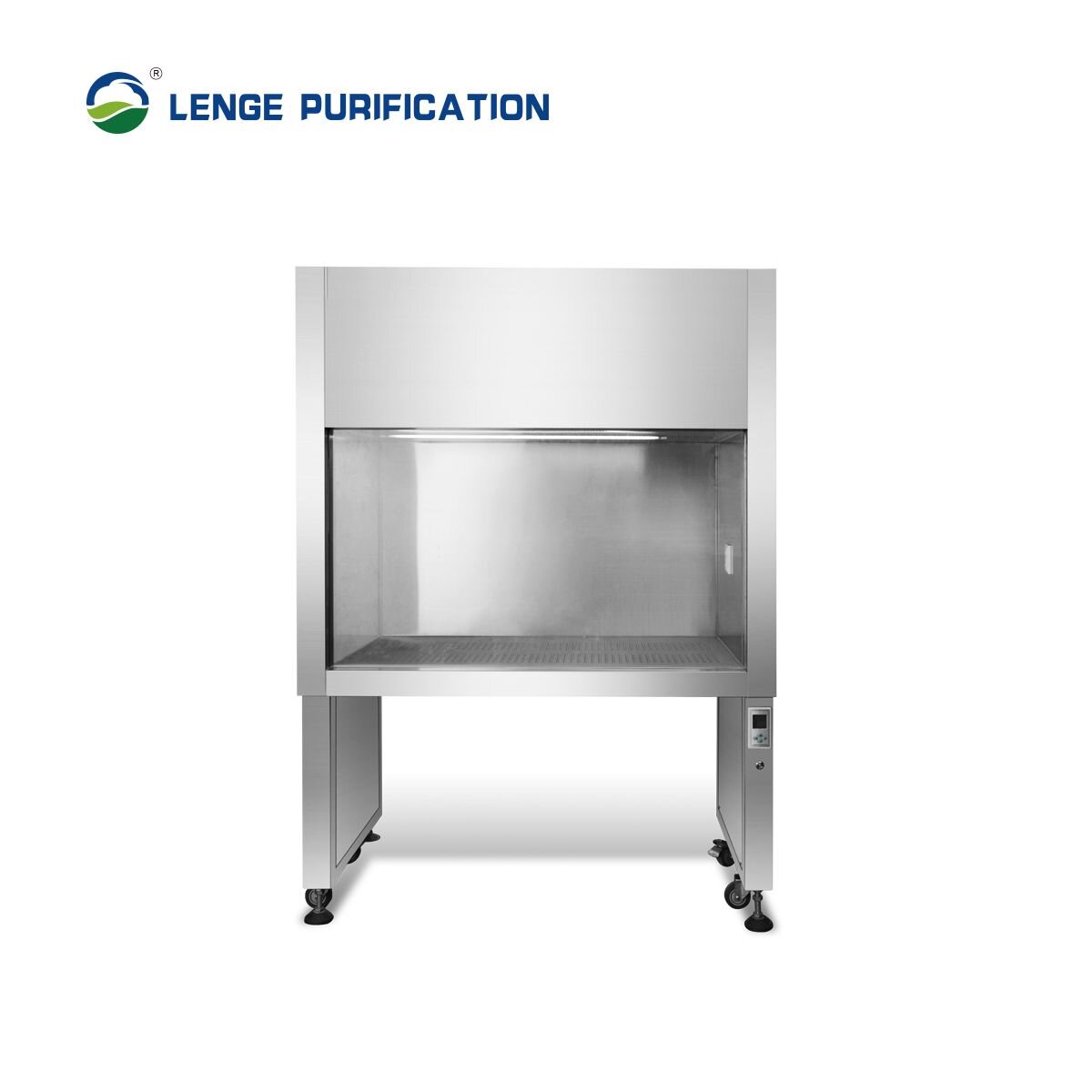
Laminar Air Flow
It is important to note that there are two types of Laminar Air Flow cabinets: horizontal and vertical.
The different features are thereby variant on the usage.
Generally, the laminar air flow cabinet has an open face and the air is directly blown towards the user via the grill-work. For this reason, it should only be used when dealing with non-infectious materials. This further makes it not ideal when working with biohazards.
For the horizontal laminar air flow equipment, the clean-air bench mostly used when performing cell cultures has a high risk of exposing users to infectious material such as aerosols.
The vertical laminar air flow equipment subsequently blows air out which may cause exposure to allergenic materials
Furthermore, even the smallest act of inserting or withdrawing one's hand from the clean bench work space disturbs the air flow mechanism of the Laminar Air Flow. This obstruction causes turbulence in the flow of air, which frequently results in dirty air entering from the outside.
Some laminar air flows, however, are specifically designed to minimize the entrance of dirty air by use of slots along the edges of the workspace. Ideally, the Laminar Air Flow cabinet offers basic specimen protection from microorganisms as well as clean-air working space, which is required for biological safety.
In conclusion, the major differences between the two pieces of the two laboratory equipment are purely dependent on the specific needs as well as the different levels of protection needed. 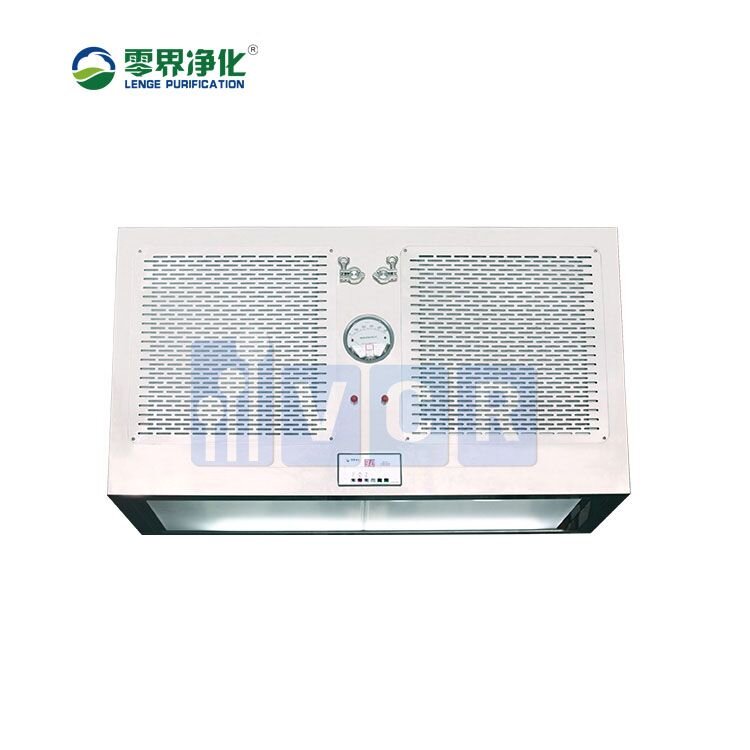
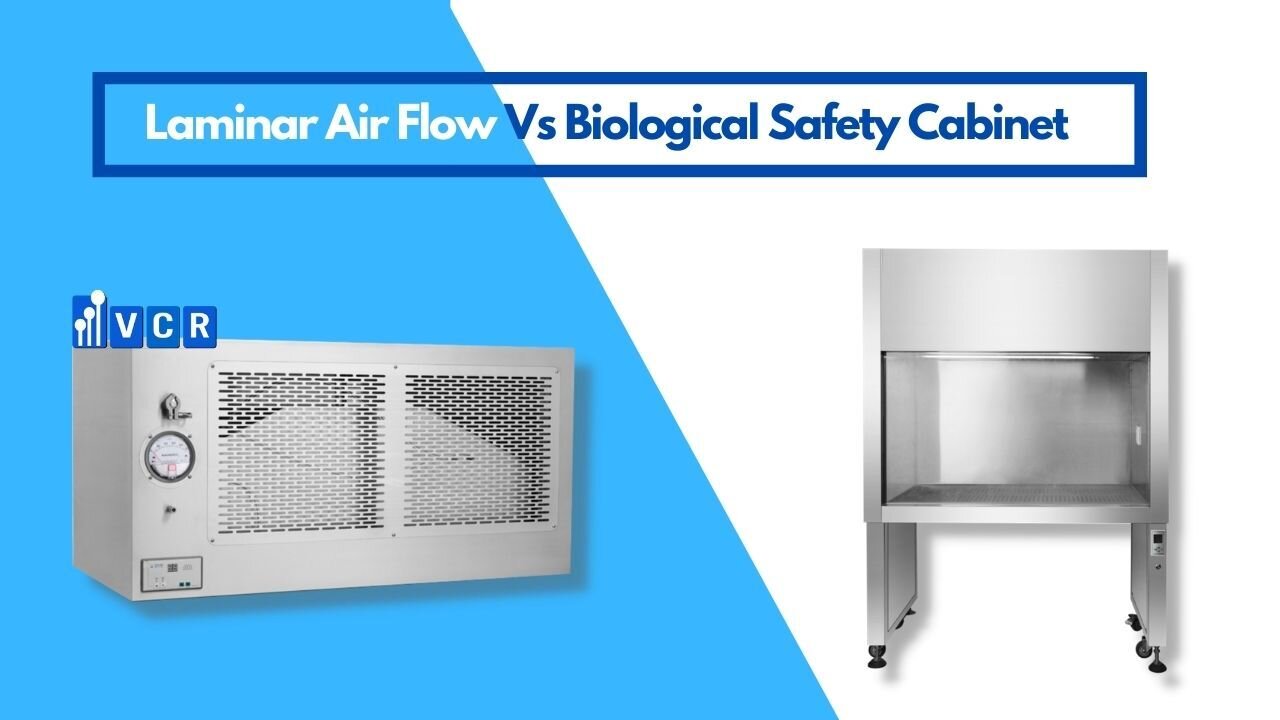
Vietnam Cleanroom Equipment (VCR) specializes in providing cleanroom equipment for construction contractors. We provide high-quality products with competitive prices and large quantities nationwide. The equipment includes:
Differential pressure gauge, FFU Fan Filter Unit, Pass box, Cleanroom air filter, HEPA box, Clean booth, cleanroom steel door, Isolator cabinet, and other equipment






